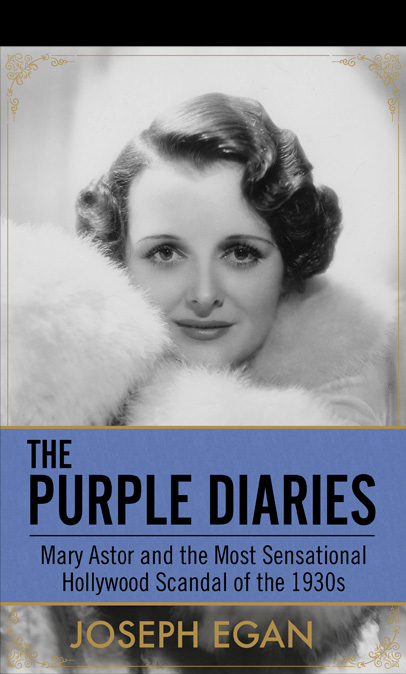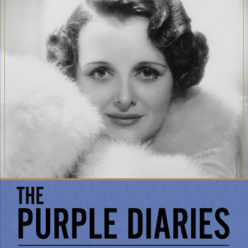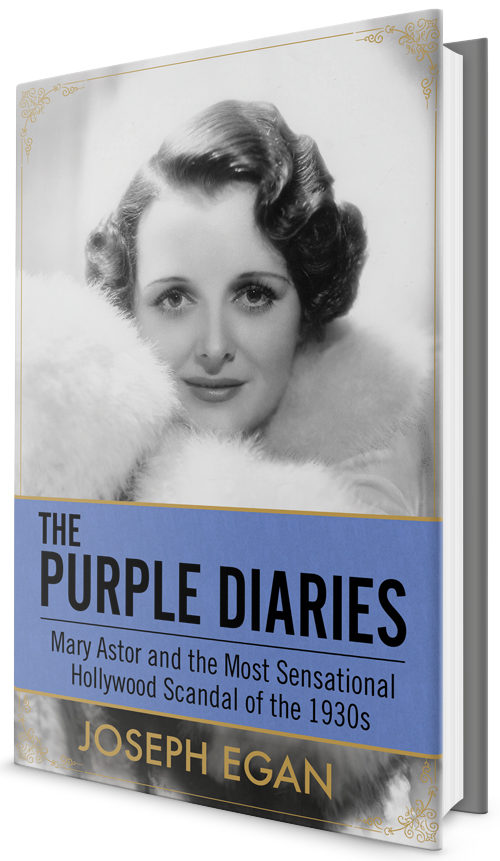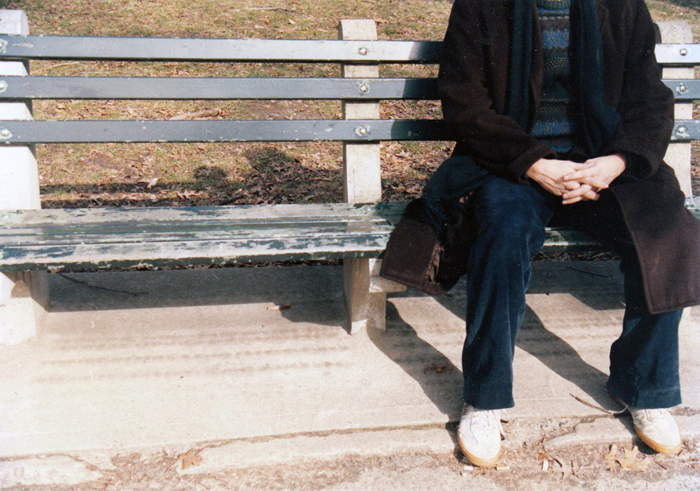

JOSEPH EGAN MOVIE BUFF
A friend once called me “a walking film encyclopedia” and he wasn’t far off the mark. Since, as everyone who knows me is aware, movies are not only a big part of my life they are also a big part of who I am.
Case in point: my videos, and I have thousands, are shelved in chronological order. Thus, I can point to this or that spot and indicate important periods of my life. Pointing to one section I can pinpoint where, when I was very young, I began going to the movies with my two older brothers. Another spot is where I started attending movies by myself and was able to see movies I wanted to see and not the ones my older brothers dragged me to. Over here is when I first took a train from Westchester into Manhattan to attend a movie at one of the first run movie palaces that still lined Broadway in the Times Square area. This is the movie I went to on my first date. These are the movies I went to see with my fiancé’ and these, the movies we saw together after we were married. It goes on and on right up until the present. In fact, one of my very first memories goes back to the summer of 1954 when my mother took me to the fourth re-release of Gone With The Wind playing second run at a local Loew’s theater in Rockaway, New York where, when I was a child, the family spent summers at the shore
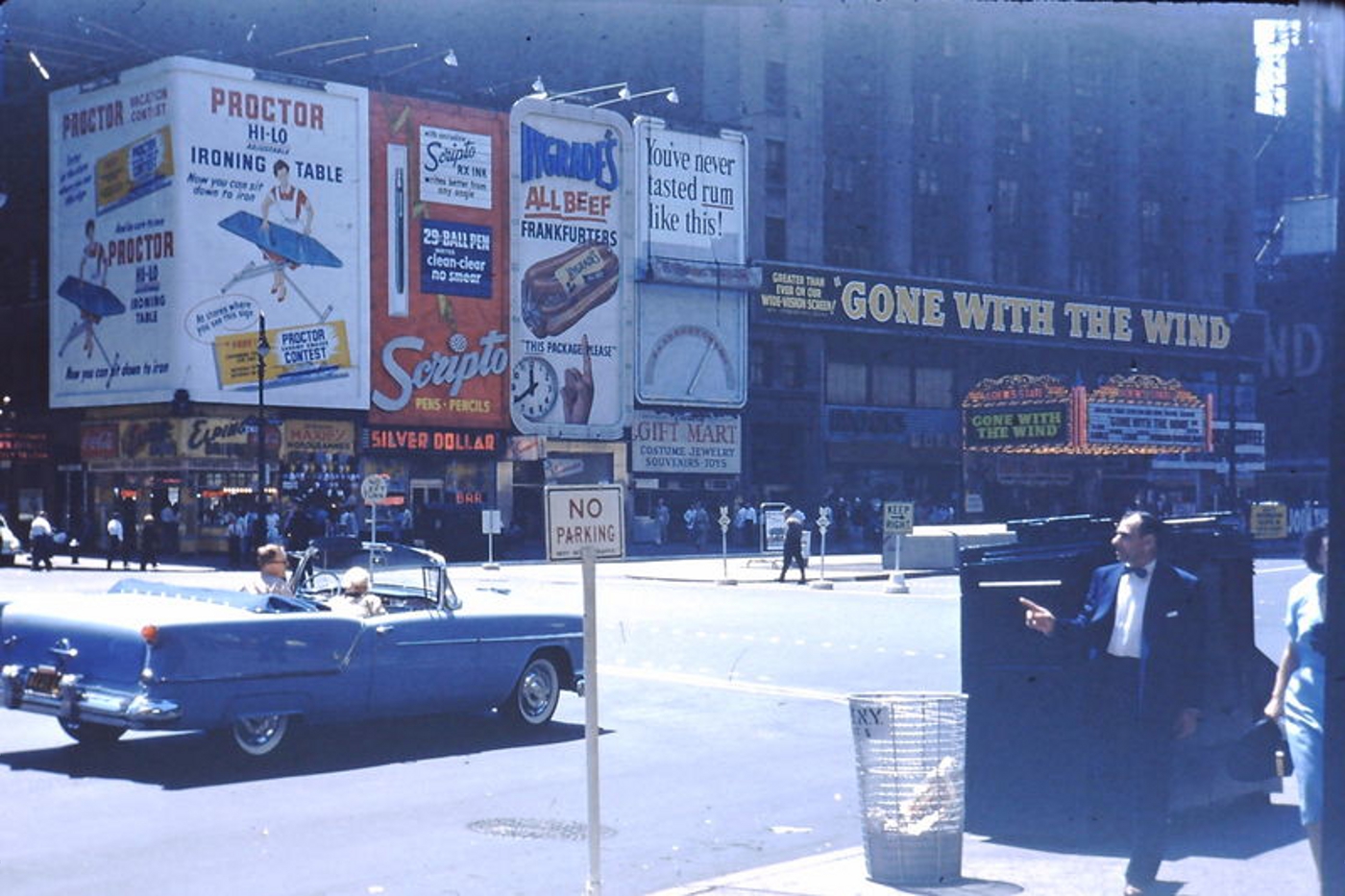
This level of movie appreciation does have its disadvantages. A number of years ago my youngest stepdaughter—who was 16 at the time—and I were in the midst of a heated argument brought on by her considerable adolescent angst. She told me flat out that she was completely disgusted with my life choices and that I needed “to get a life.” In reply I merely shrugged and—sarcastically of course—apologized for being such an abject failure. But, to myself I thought, “you know, she’s got a point there.” In an effort to concentrate on my writing, I had basically withdrawn into a very private world up here in the woods where social interaction became extremely limited. Thus, to a normal 16 year old girl, seeing someone without an extensive social life, unable or unwilling to spend 24/7 on the phone—land or cell—with her friends, it became obvious that he—or me—didn’t have anything even approaching a life. In short, since a social life was her life, it was pretty clear to her that I don’t have any.
Nevertheless, this withdrawal from ‘life’ does have its advantages. Among other things it has allowed me to study movies as I had never been able to do before because I now had the time to watch them over and over to a degree that I was unable to do before transporting myself to upstate New York and choosing to live as a semi-recluse. Prior to this, because of all the activity in my life—social and otherwise—movies were something next to me—a sort of friend. Now, along with my writing they were front and center. Perhaps, to a 16 year old girl I didn’t have a life. But because I’m older, I don’t see these things in quite the same way. For me, I’m like an art historian locked away in The Louvre 24/7. Frankly, if there is anything better that that, I just don’t know. I can now watch some films twenty times or more. Even though my wife chides me repeating about herself, “I can see twice, maybe, for the better ones. But 20 times, no way.” That still doesn’t stop me. In the case of Gone With The Wind the number is closer to 100 and still counting.
As far back as memory serves, movies were always a part of my life. As odd as this may come across, my first linear memory—not the scattered memories of early childhood, but the linear memory that follows a straight course until the present—began in 1958 when on—I think—a Saturday night my brothers and I watched “The Great Ziegfeld” on The Late Show broadcast by New York’s Channel 2. That memory is as vivid as if it happened yesterday.
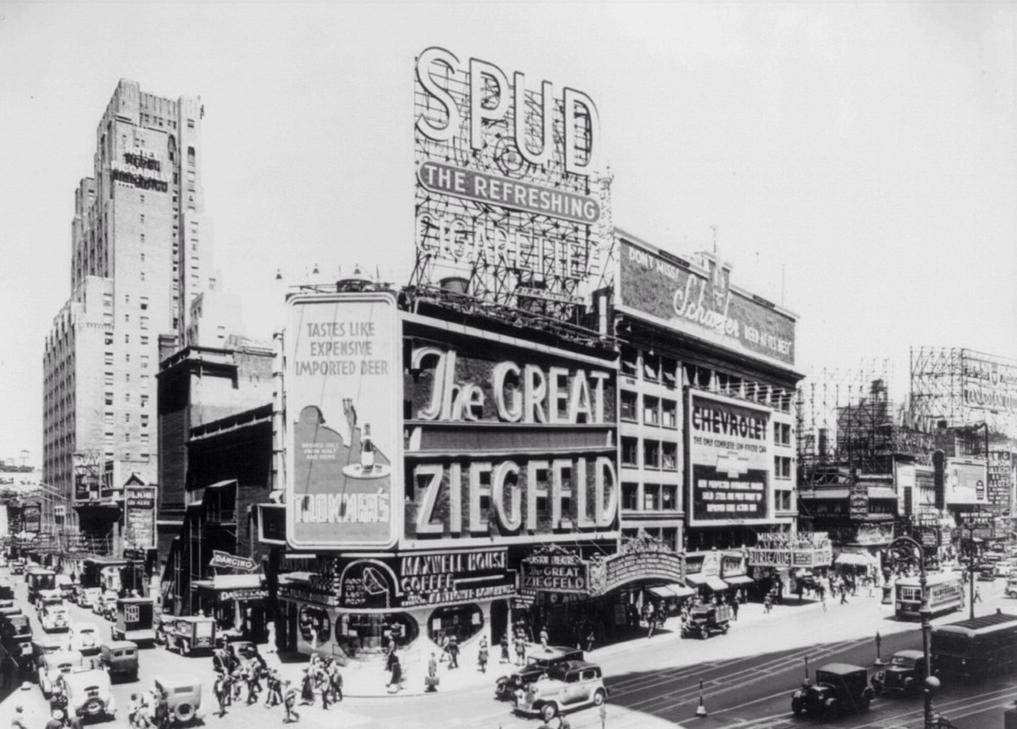
To understand the why of this requires a look at my early life. I had never contemplated writing about any of this until a friend asked me in words to the effect, “Why would anyone be so interested in watching movies all the time.” Mind you this is someone who enjoys Charlie Chaplin and an occasional serious movie but would much rather spend her time taking a walk, visiting with family or reading metaphysics and philosophy. What follows is my answer although somewhat elaborated.
FEBRUARY 18, 2014
When I was very young my parents didn’t have very much money and we lived in a small four room apartment on Bathgate Avenue in the Bronx where I could often hear the sound of gunshots at night. About this I do not exaggerate. It was definitely “ghetto” and an area of New York made famous by the E.L. Doctorow crime novel and the Robert Benton-Dustin Hoffman movie adapted from it. Of note; today almost all those old apartment buildings have been demolished and replaced by brand new residential structures and private homes as well as an occasional recessed commercial building on tree lined sidewalks. For sure, the days of gunshots piercing nighttime Bathgate Avenue are long gone.

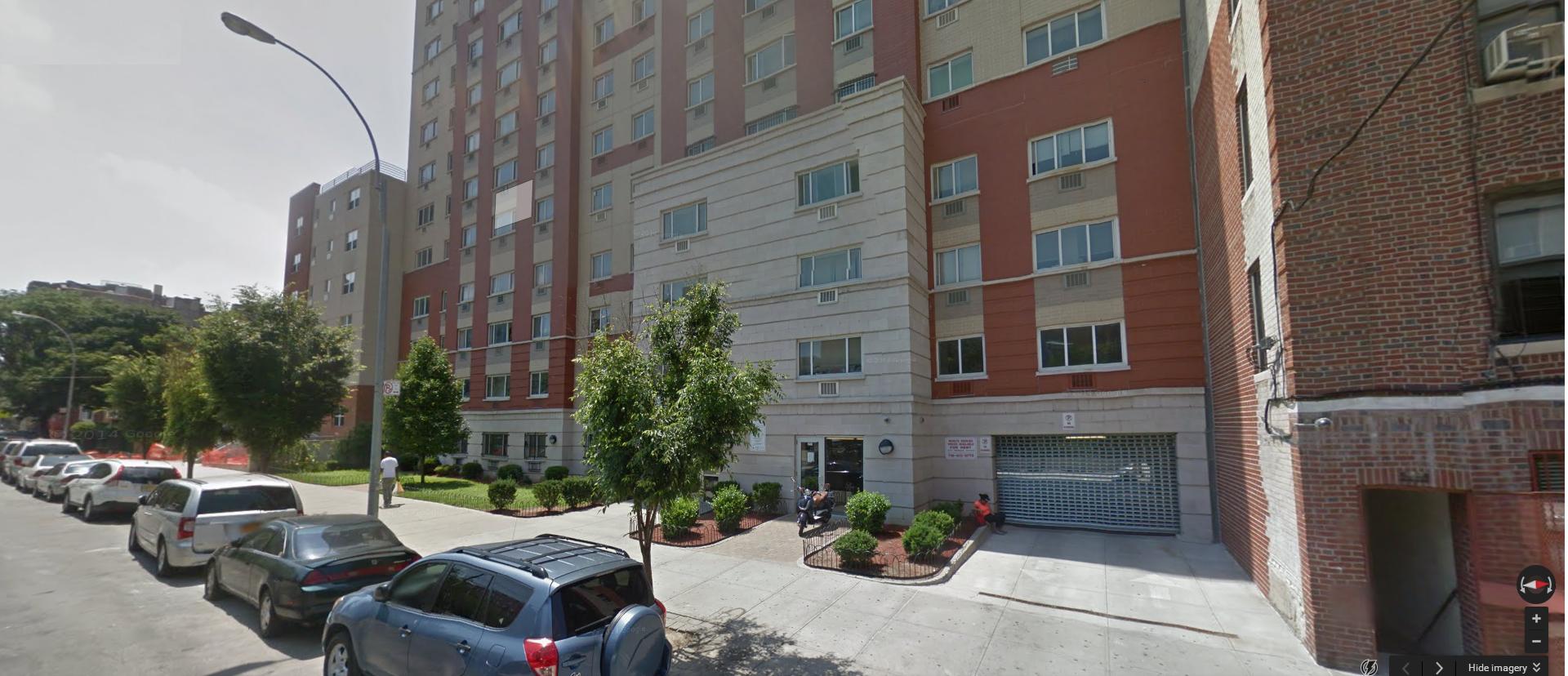
When I lived there, Bathgate was famous for its food markets—meats, produce etc—which were sold from stands positioned on the street in front of the many stores that lined both sides of the avenue. Operating a fresh fruit stand in front of our building was a huge man in his fifties who everyone called Ruby. Even though I was still a child I can remember him standing behind his stand dressed in a soiled old coat and apron shouting as he argued over prices with customers. Besides his size and loud voice what struck my child’s curiosity and even fear was that Ruby had several digits missing from his—I think—left hand. Never having seen this sort of thing before it seemed quite strange to me. Whether it was a war wound or the result of an accident I never did discover and at that stage of life I simply didn’t have the courage to ask. I also clearly remember all the bustle and activity that surrounded him and every other seller in what was an extremely busy, loud, noisy humanity filled Avenue. This was life in New York City at its purist and I got my dose pretty early.
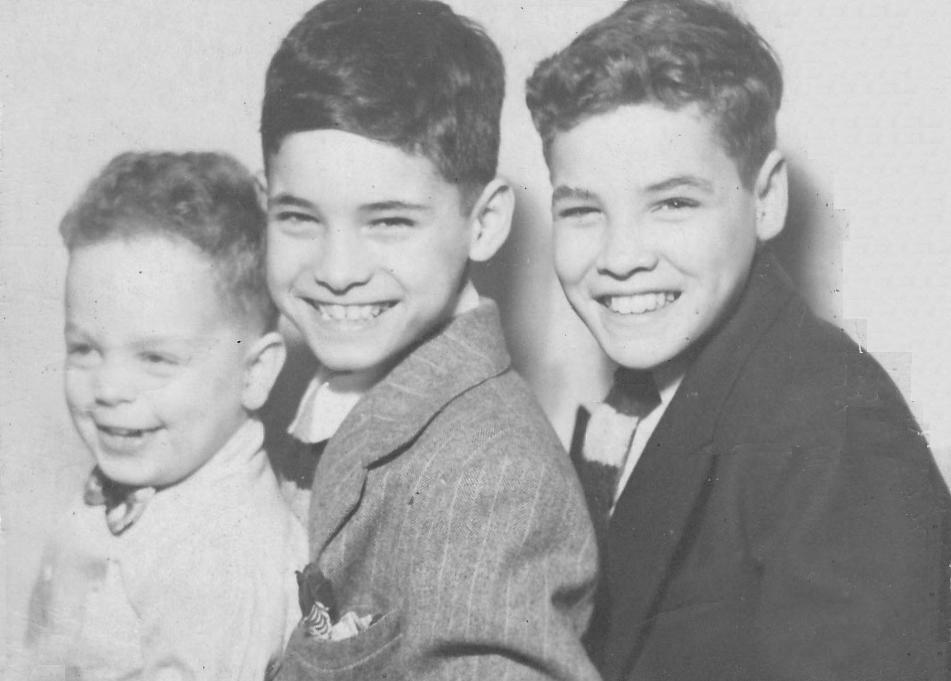
My two brothers and myself shared a bedroom off the kitchen where I, the youngest, slept on a day bed and my brothers shared a bunk bed—the oldest on the bottom and my middle brother on top. Our kitchen, as with most homes, was the center of family life. Consequently, when my father was there he dominated the room—in fact, he dominated anyplace he happened to be. My father was what today we call “intense” and with him it was intense to the extreme as his forceful personality filled that kitchen to overflow. This overflow made its way into our adjacent bedroom, literally pulling me into the man’s neurotic world; involving me in whatever he was railing on about until, literally, I didn’t have a sense of my own inner or outer space. It was as if he had gobbled me up. Not only did this rev up a great deal of anxiety on my part since I didn’t know what my father was going to rant on about from one day to the next but, it also nurtured within me a sense of insecurity because to my child’s mind I didn’t feel I had a safe place—emotionally as well as spiritually—where I was protected from these overbearing psychological protrusions.
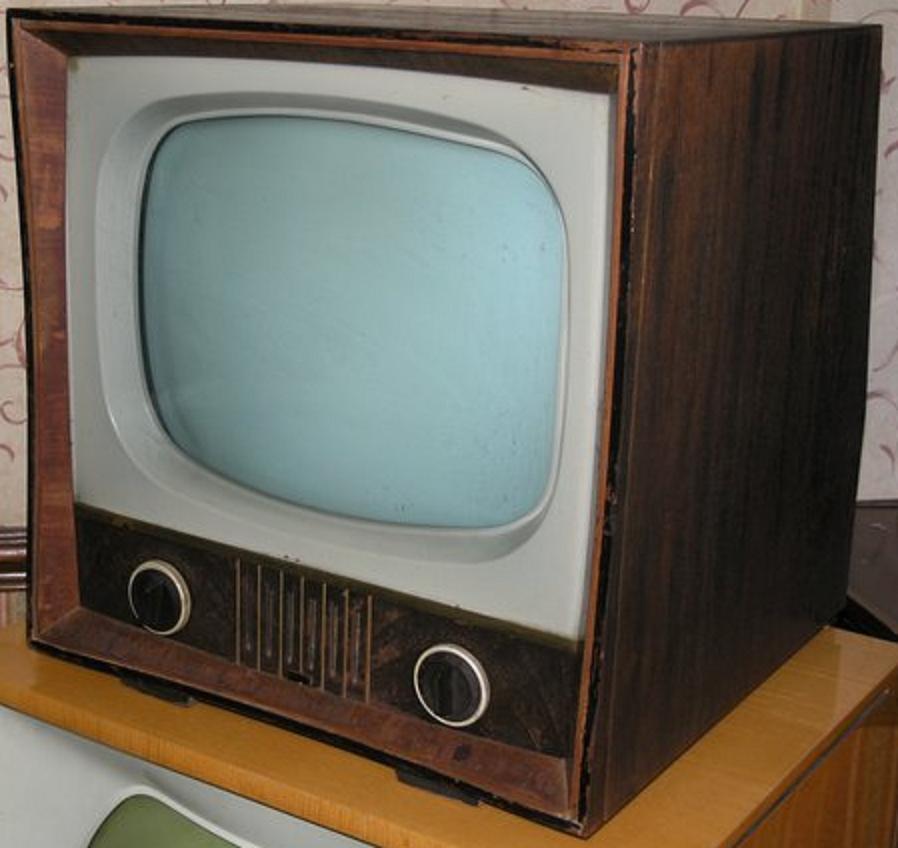
The only escape afforded me was a small 13 inch B&W white TV which sat in our bedroom adjacent the door to the kitchen. From where my bed was positioned I couldn’t avoid seeing my father at the kitchen table discussing—at great volume and great length—whatever was troubling him. As he was a neurotic it was usually about imagined slights, people either betraying him or attempting to undermine his position at work. For me, in that circumstance, my bedroom’s 13 inch B&W TV—which had been the family TV until a 19 inch had replaced it—was both a godsend and an escape from my father’s overbearing emotional and spiritual intrusiveness.
Fortunately this was in the mid 1950s when, due to a steadily declining box office, film companies, in desperate need of cash flow, were leasing their pre 1948 films to local TV stations all over the country. As a result old movies quickly become a mainstay of every TV station in New York City. In those early days because of this unending flow of pre-1948 movies to local TV stations, I must have watched at least five movies a day. There was an afternoon movie, the early evening movie, the prime-time movie, the late show and of course the late-late show. And it was pretty much the same for every one of the six TV stations that were broadcast in the New York market meaning that on any given day at least 25 movies were available for viewing.
In addition to movies I also watched TV shows and they were OK but it was the old movies that literally fired up my imagination and garnered my interest and, I believe, saved me spiritually from a home where aesthetics had absolutely no place. In fact, that small apartment was so bereft of any kind of aesthetic stimulation that as far as art was concerned it was as barren as a desert in mid-summer. Thus, those old movies became my means of escaping both my father’s all consuming ‘over the top’ erratic emotionalism as well as my introduction to a world outside that four room apartment and my own extremely limited immediate Bathgate Avenue experience .
In these old movies which I saw on that TV or the few I could afford to watch on a big screen at a local movie theater, everything was beautiful, everyone was pleasant, everyone got along and, for the most part, life was sweet and fair. The good guys always came out ahead and the bad guys received their just rewards. In truth, it was a movie fantasy-land for which Hollywood studios of the 1930s and 40s were famous. Yet, I believe it was exactly that fantasy world which saved me spiritually. For others that escape might have been books—unfortunately there were no books in my home—but for me it was movies and those movies were nothing short of wonderful. Many years later I interviewed Captain Kangaroo—Bob Keeshan—of Children’s TV fame and he told me, and he was quite frank about this, that because life is so grim we all need fantasy to get us through our daily lives. With regard to my childhood those words rung quite true.
Later in life because of movies I never needed inebriates to make it through the day because all I need to do to momentarily escape a difficult problem or take a short break from ‘real life’ was watch a film and lose myself in the world it created. Not long ago when I was extremely down about something—which fortunately I can’t remember right now—I put on Breaking Bad and watching two or three seasons of the show was able to get through a particularly bad time. The following day, head cleared, I was now able to surmount the problems troubling me. In short, Mr. Keeshan had hit the nail right on the head.
Moreover, it was movies that ignited my interest in history and a big reason why I began to read extensively when I was old enough to purchase the inexpensive paperbacks then found on racks in drug and candy stores. Of course, the novels that I was reading, for the most part, had been adapted into the movies that I had just enjoyed watching. East Of Eden, The Grapes Of Wrath, Gone With The Wind, Anthony Adverse, even War And Peace and Les Miserables, were all books that I read before I turned twelve. It was movies that opened up a world for me which, otherwise, I would never have been aware. In turn this permitted me to develop an aesthetic that helped teach me to appreciate art and serious music. For music in particular movies were an invaluable learning venue. Because Hollywood films of the 30s and 40s contained film scores steeped in 19th century musical sensibilities this enabled me to appreciate the music of Beethoven, Brahms, Chopin, Tchaikovsky, Liszt and so many others; whose actual compositions I eventually heard for the first time watching a movie.
Therefore, by the time my teens arrived I knew Hollywood movies inside-out and while attending university—with a college library at my disposal—I read everything I could about films while week-after-week attended showings of foreign films presented by our college film society. Here I learned about Fellini, Chabrol, Bergman, Antionioni, Truffaut, Kurosawa, Godard and so many more of the world’s great filmmakers while buried deep in the stacks of that library reading everything I could about them.
I can think of no place where I was more content than in the stacks of that college library. There I was free to roam about while at my fingers tips was everything I might want to learn about most anything, film or otherwise. In truth, what I enjoyed most about those stacks was the bound volumes of the New York Times. Going through each volume from 1915 through 1947—47 was when the library switched to microfilm—I was able to follow the history of film as it was actually happening. It was a learning experience beyond anything I had encountered before or after. I read everything The Times printed on films while also studying the movie ads seeing how those old films were marketed. As a result, today I can tell you what films opened at what New York theaters as far back as 95 years ago.
A clear indication of the transformation that college afforded me vise-a-vie movies began at a film society showing at the university. It was my second day as an incoming freshman and while waiting to get into the hall showing the film I overheard two professors discussing Citizen Kane. One of them would eventually become my film professor. They were analyzing Rosebud and both agreed that for the dying Kane it demonstrated regression. As I hadn’t yet attended my Psych-101 calls I had no idea what regression meant. But, hearing these two men putting their thoughts to words in such an informed and, even, elegant manner through a precise use of language, I thought the two nothing short of brilliant. I also concluded that this level of brilliance was something that I could never attain no matter how hard I tried. In fact I was actually depressed about this predicament for a good week or two afterwards.
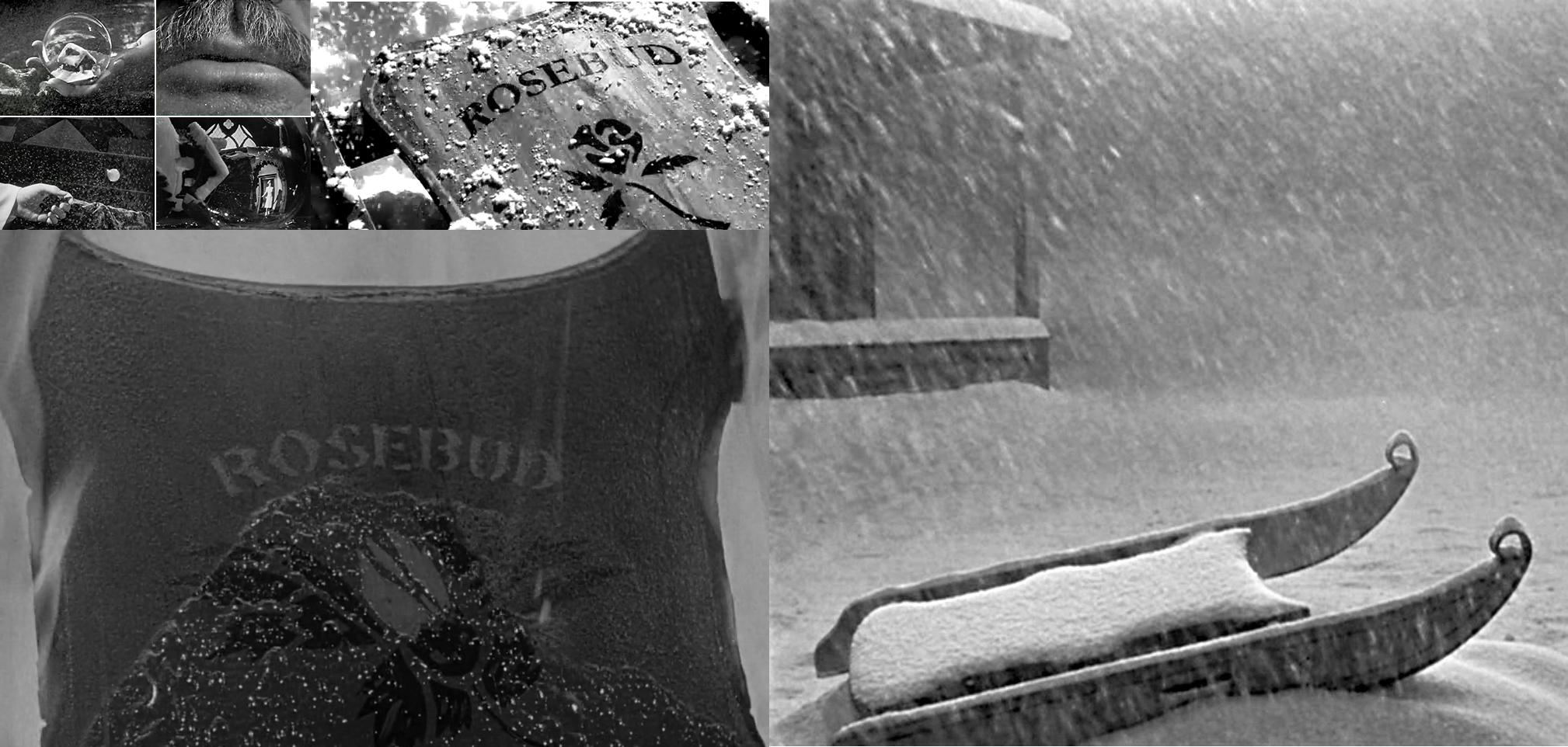
Flash-forward two or so years and I was now a student of that film professor and, after just a few weeks in his class, whenever he was asked about me he would tell anyone who cared to hear that I knew more about film then he did. By this time I knew what “regression” meant and I couldn’t disagree with him more and often did. We argued—politely of course—with these arguments dominating classroom time while a room of bewildered students didn’t have the slightest idea what the two of us were talking about.
Our fiercest arguments concerned Kevin Brownlow’s The Parade’s Gone By published just a few years earlier and which single handedly created a resurgent interest in silent films. My film professor thought the book a waste of time as it didn’t contain single intellectual idea or concept. In reply, I argued that this wasn’t the point. Brownlow wrote the book in an attempt to bring to life a period of filmmaking that was not only gone but, at the time the book was published, forgotten by everyone except for a few die hard fans or first year film students.
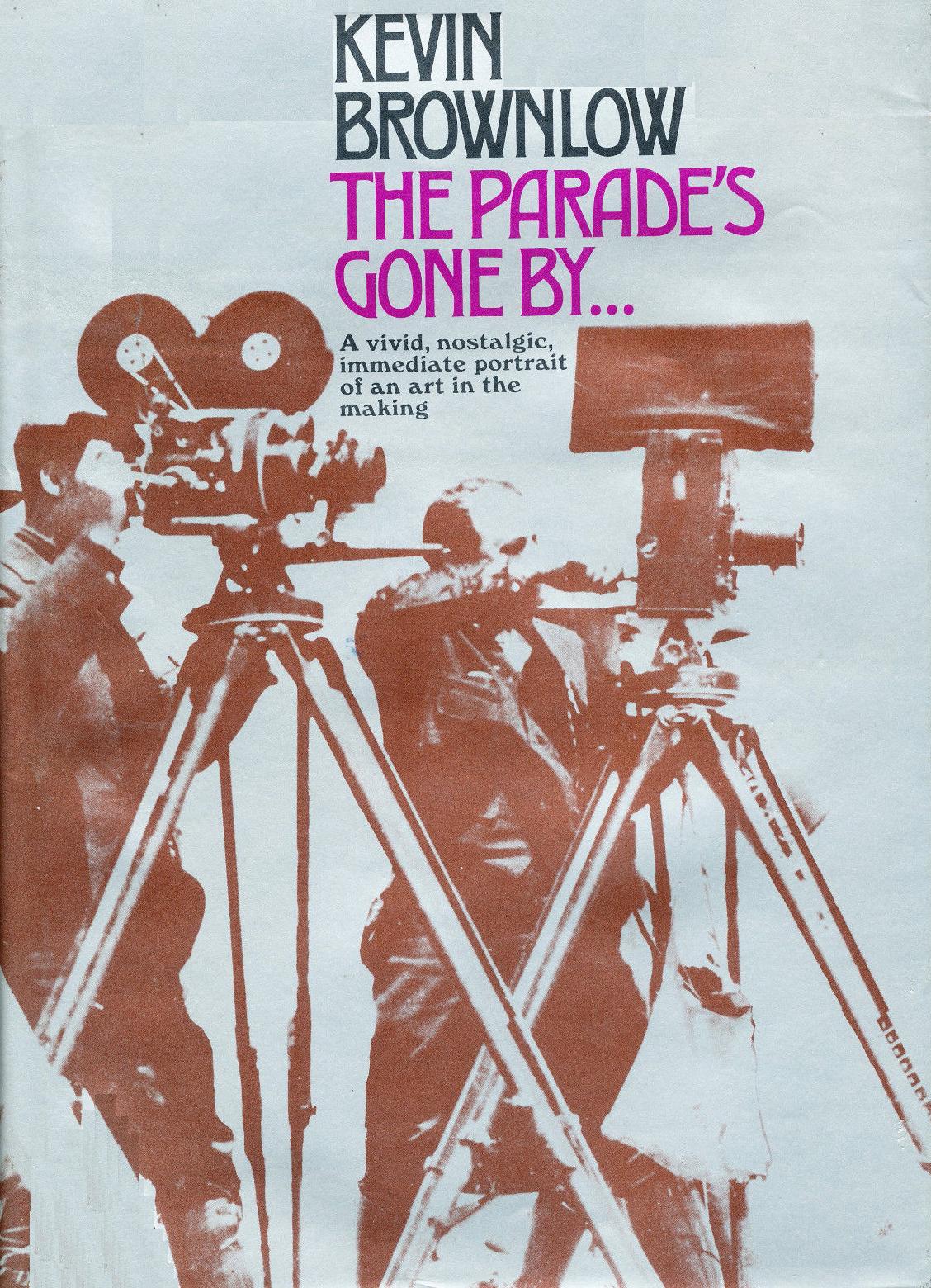
As my professor was as set in his views as I was, I may not have won the arguments but these arguments helped me to prove something to myself. I had finally achieved the brilliance that I so craved during my early days at university. And, I knew this because I knew film and had the background that enabled me to utilize that brilliance. This was another gift that the movies had given me. Truth is that time has proven to me that I’m not so brilliant, if brilliant at all. I was just informed and with that knowledge could forcefully support an opinion. That wasn’t brilliance; that was simply being extremely opinionated which, regarding movies, I still am.
Movies did and still do enrich my life. Now older, a half century away from my father and his spiritual smothering, I no longer see movies as a diversion or as exclusively fantasy. I see them as art, which like theater is a collaborative art, but art just the same. I also know it was, and still is, a business run with few exceptions by hustlers and cooperate bean counters and, thus, a lot of junk was made during Hollywood’s golden age as it is still being made today. Yet, the best of these films are works of great emotional and intellectual power whose resonance has remained with me for a lifetime.
Is a movie an accurate presentation of life; of course not. I used to tell my kids that, as a presentation of life, movies are basically bullshit, Yet, in that bullshit there can be both illumination and a great deal of insight into the fabric of existence that can be truer to life if not in form, then in theme. In short they can enlighten the experience of life to such an extent that a film can enable many to achieve a better appreciation of their lives. If that’s not art, then I don’t know what is.
Unfortunately, my great love for movies has not passed down to my step-children. Like me they enjoy watching films but it is not a passion for them. For them movies are simply a diversion. As adults the boys prefer video games and the girls reality TV. I once put on Raging Bull when they all came up from the city for a weekend visit. Their response was like a dagger stuck into my heart. One found it boring and didn’t understand any of it. Two were either too busy talking through it or preferred getting up every ten minutes to prepare snacks while paying little or no attention to the film. The oldest boy did say he liked the movie but couldn’t understand what all the fuss was about. Hard as it was, I had to finally realize, that ultimately I could never really share this part of my life with them and my particular take on movies was, and would always be, a solitary affair that I could only share with other like minded film buffs who are few and far between.
For those blog readers who have gotten this far in my not so little narrative, some will find this all rather sad if not warped. That is to be expected as my take on movies is not for everyone. But for those who can find their way to this sort of appreciation, they will find a great joy in movies just as I have. Today, transporting myself back to childhood, I can still remember myself as a little boy sitting in a darkened theater looking up at an enormous movie screen caught up in a magical world. While sitting in that theater I felt removed from all the difficulties and problems which were my life outside that darkened theater. In that darkness, even if for a short time that it took a movie to un-spool, I felt safe as I was caught up in the dream world unfolding up on the screen.
I may not see a movie theater the same way today but that is because I am older and see the world through the enlightenment of an adult. But to be sure, a great deal of that enlightenment came about, and developed from my appreciation of movies and for that I am eternally grateful.
